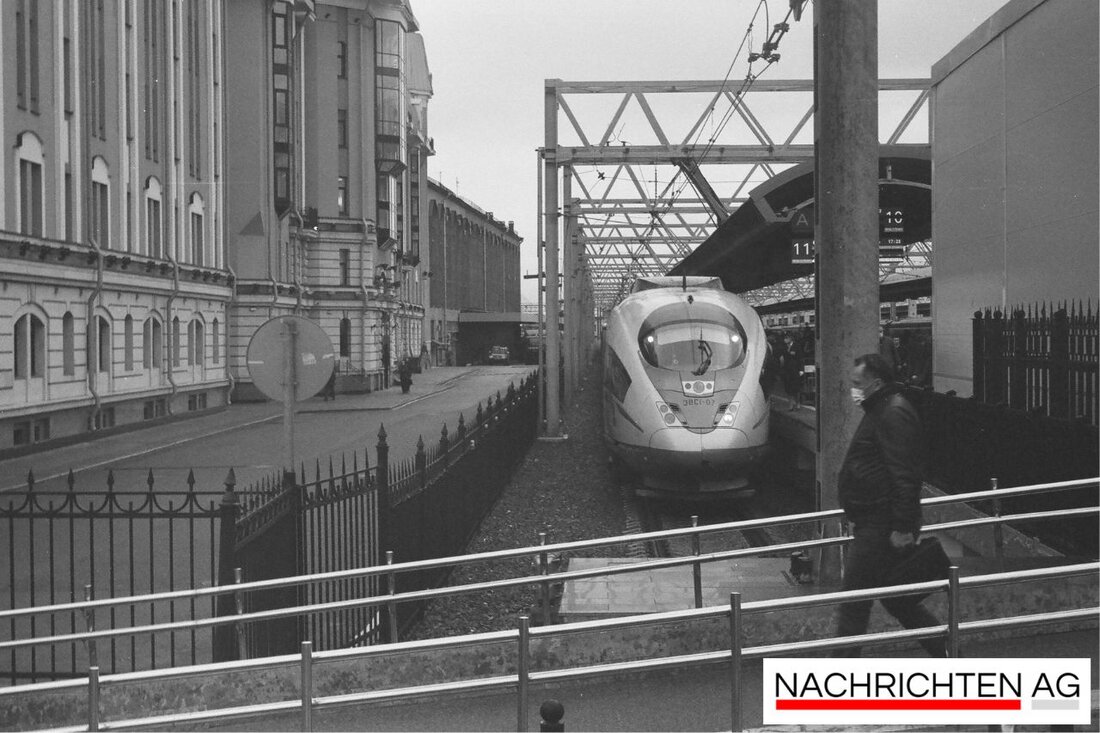Historic Chinese temple in Emden: renovation for 300,000 euros starts!
The renovation of the listed Chinese temple in Emden will start in 2025, with costs of 300,000 euros and museum educational goals.

Historic Chinese temple in Emden: renovation for 300,000 euros starts!
An iconic building in Emden, the listed “Chinese Temple”, is facing extensive renovation. After three years of being vacant, the building, which was originally built in 1929 as a public convenience store with a kiosk, is being sold for around300,000 eurosrestored. These costs are necessary to prepare the building for a new usage concept. The director of the East Frisian State Museum, Jasmin Alley, and the architect Ejnar Tonndorf have announced relevant information about the planned measures.
The renovation will not only include external restorations, but will also take into account usage requirements. In the future, the “Chinese Temple” will be available for workshops and museum-related activities, but will not serve as an exhibition space. An opening date is targetedMay 9thnext year, when the temple will be reopened for the first time as part of an exhibition on the subject of “Brick Expressionism” – for the time being as a construction site.
A piece of history
The kiosk, also known as the Chinese Temple, was completed in 1928 on the Boltentor Bridge. The design comes from city architect Walter Luckau and brings the characteristic features of the Brick expressionism to express. Particularly striking is the protruding roof, which is crowned by a high pointed cone and exudes a touch of 18th century Chinoiserie. This architectural extravagance stands in stark contrast to the surrounding construction and has made the kiosk a popular landmark.
During the renovation work, some important details should not be overlooked. The old windows should be preserved and restored, and the toilet rooms should be restored to their original condition. There are challenges, however; Harmful substances were found in the wooden floor and the roof structure is also contaminated. Nevertheless, Ejnar Tonndorf assures us that the renovation work is feasible.
Funding and future plans
A large part of the financing comes from a grant from the German Foundation for Monument Protection in the amount of100,000 eurosguaranteed. Further funding has already been promised, which makes the prospect of full implementation of the renovation and restoration work appear optimistic. Despite this progress, however, there is still a need for additional resources, particularly for museum educational use, which requires qualified personnel. The East Frisian State Museum hopes to gain further supporters here.
The renovation of the building is also being carried out in the context of the plannedArt promenadeseen between the train station and Stephanplatz. The Chinese Temple will be part of a comprehensive project that is intended to enrich the cultural offerings in Emden. This combination of art and history is intended not only to attract visitors, but also to increase awareness of local architectural history.
In conclusion, it can be said that the “Chinese Temple” plays an important role in Emden’s identity-forming architecture. Despite the challenges of renovation, the positive development shows that the city is ready to invest in its architectural heritage and thus enable future generations to have access to this unique piece of history.

 Suche
Suche
 Mein Konto
Mein Konto